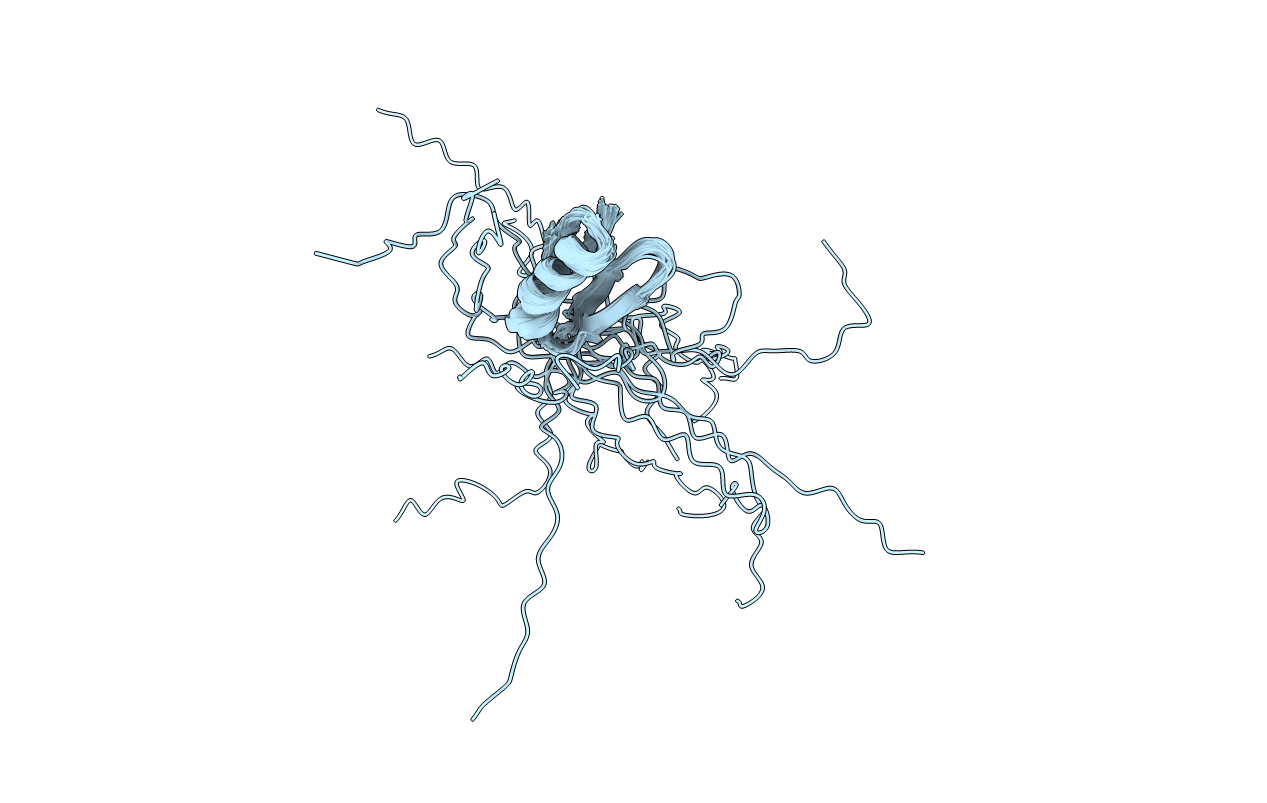
Deposition Date
2017-02-01
Release Date
2017-07-26
Last Version Date
2024-05-15
Entry Detail
PDB ID:
5UP1
Keywords:
Title:
Solution structure of the de novo mini protein EEHEE_rd3_1049
Biological Source:
Source Organism:
Escherichia coli (Taxon ID: 562)
Host Organism:
Method Details:
Experimental Method:
Conformers Calculated:
100
Conformers Submitted:
20
Selection Criteria:
structures with the lowest energy


